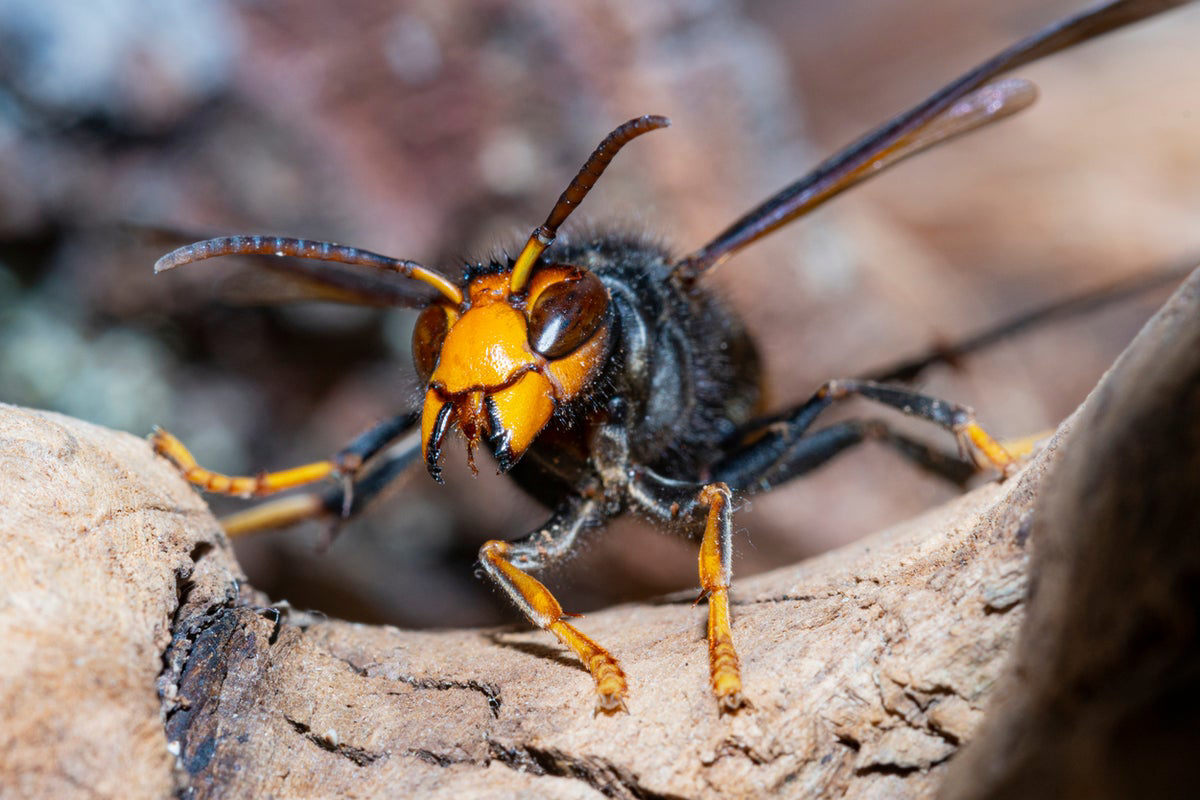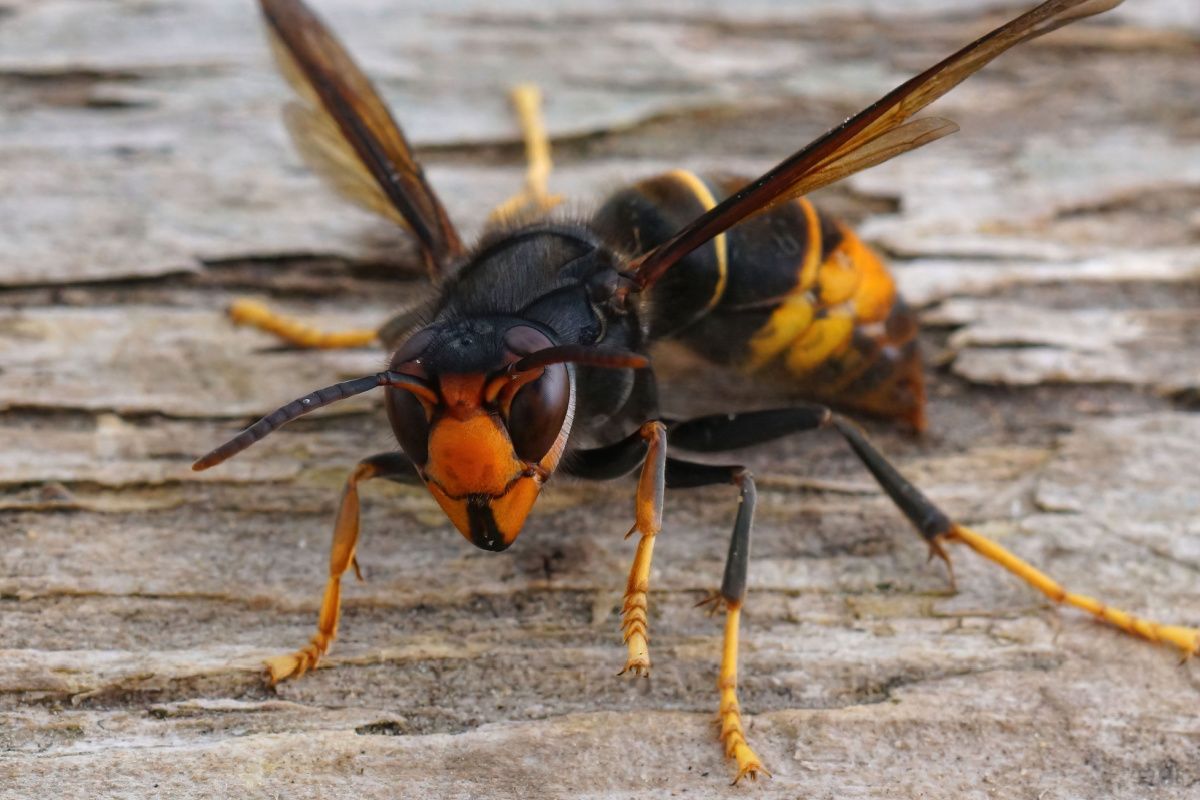The Asian hornet is spreading at an alarming rate. October is a unique opportunity to reverse the trend.
Accidentally introduced to France in 2004, the Asian hornet, or Vespa velutina, has become one of the most feared invaders of our ecosystems in less than two decades. This harmful insect not only threatens biodiversity by attacking pollinators, particularly bees, but also poses a danger to humans. As autumn sets in, a crucial window of opportunity opens up. October is the last chance to curb its proliferation before winter.
Why it matters
The Asian hornet’s life cycle explains the urgency of acting now. Each nest that is not destroyed before winter will give rise to around four new colonies the following year. This exponential reproductive capacity is the key to its invasive success. Autumn, and October in particular, is a pivotal period: the fertilisation of future queens.
From September to November, the young fertilised queens, known as founders, leave their original nest. They set off in search of sugars and proteins to build up the reserves they need to survive the winter. They then look for shelter, often in tree bark or underground, to hibernate until spring. Capturing just one of these founders in autumn prevents the creation of an entire nest, and therefore thousands of individuals, the following year.
What you need to know
The fight against the Asian hornet is based on two complementary strategies during this season: trapping the founders and destroying the nests.
Autumn trapping is particularly effective. It involves using devices designed to capture hornets without allowing them to escape. These traps usually take the form of a funnel where insects are attracted by bait. The Departmental Asian Hornet Observatory stresses the importance of using selective traps. An incorrectly calibrated trap can cause collateral damage by capturing other insects that are essential to biodiversity. Ensure that the entrances and exits of the device are specifically designed for Asian hornets.
At the same time, nest destruction is most effective in October. During this period, the queens are still inside for fertilisation. Eliminating a nest at this stage ensures that all of its royal offspring are removed.

How can you take effective action?
You can play a direct role in this fight. There are several options available to you for trapping. Some local authorities lend out suitable traps. You can also buy them from specialist shops or contact local associations that organise control campaigns.
Here are a few rules to follow for successful installation:
- Location: Place the trap in a tree, at least two metres above the ground. Avoid busy areas to minimise the risk of being stung.
- Bait: Use an attractive mixture of sugar (syrup, dark beer) and protein (beeswax, pieces of fish).
- Maintenance: The trap must remain accessible for regular checks. Renew the bait, count the catches and empty the device. One tip is to leave a few dead hornets or the first queen captured inside to attract others.
If you spot a nest, never try to remove it yourself. Destroying a colony is a dangerous operation that must be carried out by equipped professionals. Contact your local council, who will be able to direct you to the relevant services.
The media outlet Neozone recently highlighted the urgency of taking action during this short autumn window. Every action counts. By participating in this collective effort, you are directly contributing to the protection of bees, the preservation of biodiversity and the safety of all. The invasion is not inevitable; it’s up to you.




